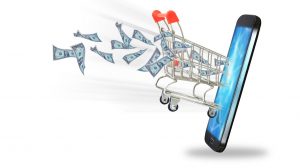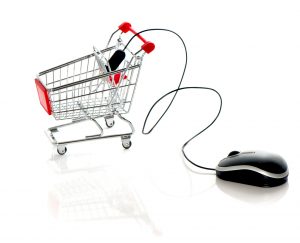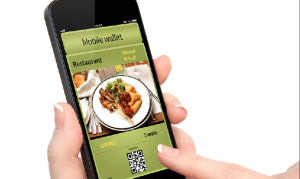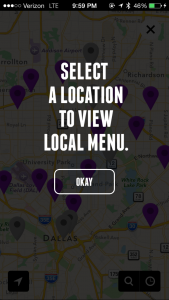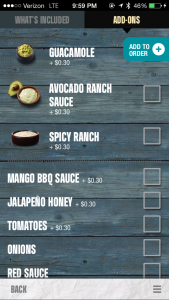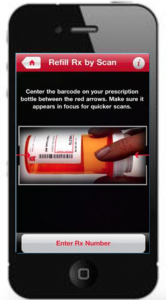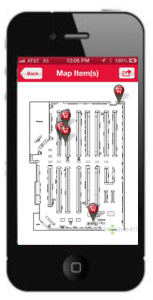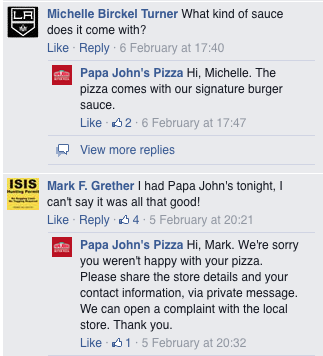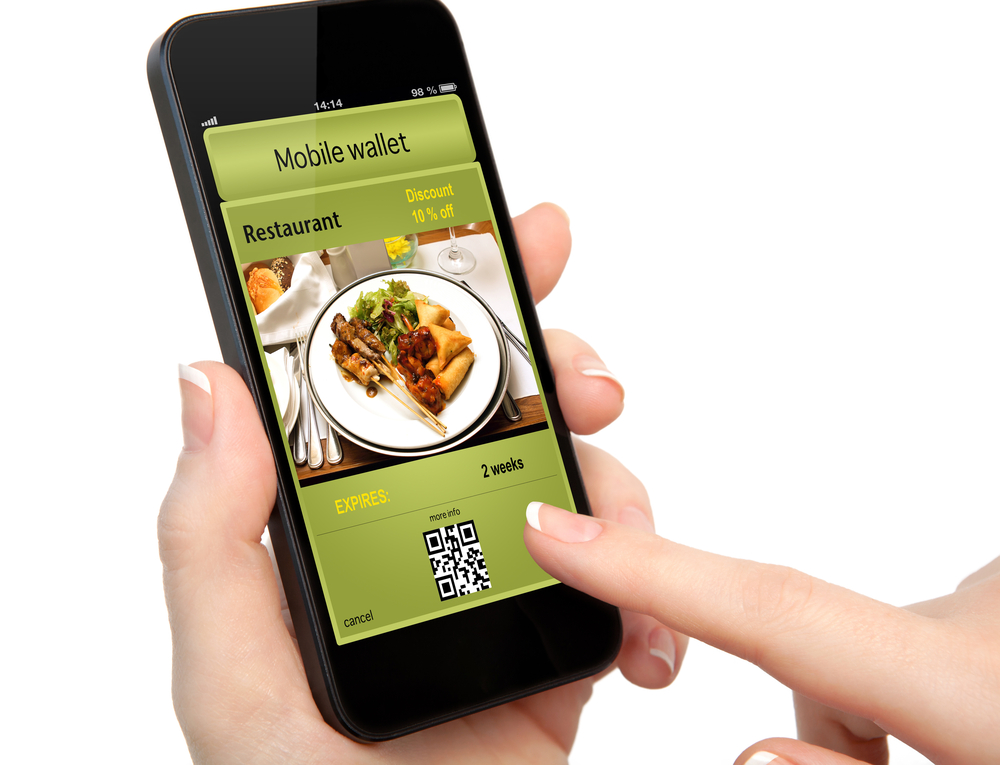Here’s what we’ve been reading this week:

Avocados From Mexico Is Turning Guacamole Addiction Into Consumer Data
A new piece from Ad Age explores how NectarOM partner Avocados From Mexico has used a blend of multiple channels, emerging technologies, and personalized marketing techniques to become the first truly omnichannel produce company. We’re extremely proud to work with them and can’t wait to be a part of whatever comes next.
The New Normal: How Native Advertising’s Changed in a Year
DigiDay assembled writers from marketing news outlets like Forbes, Gawker, Mic, and Time to discuss the ongoing evolution of native advertising. Some of the biggest developments they touch on: the actual growth of the industry (which has doubled in the past year), new ways of presenting ads that maximize audience engagement, and, most importantly, the rise of “off-platform” media such as Facebook Instant Articles and Snapchat as ways for audiences to consume content.
3 Ways to Evaluate and Engage High-Value Customers
Your high-value customers (HVCs) are responsible for driving a disproportionately large share of your revenue – in some cases, up to 80% of the revenue can come from 20% of your most loyal customers. Given that, it’s in your best interest to keep these people happy. If you haven’t thought much about CRM in the past, this is a great place to start.
Teens spend an average of 9 hours a day with media, survey finds
Researchers report that American teens spend an average of 9 ours a day shifting between TV, browsing the Internet, and using a mobile phone. The sheer amount of screen time that young people are exposed to has huge consequences for omnichannel, and means that moving forward every brand should try to maximize their presence in the virtual media space.
We also enjoyed these pieces:
From teens to adults, everyone’s watching online video as much as TV.
Why one writer thinks you can’t win that Facebook fight.
Google and Amazon account for 57% of all online revenue.
Tech is eating media. Now what?
Snapchat Reaches 6 Billion Daily Videos Views, Tripling From 2 Billion In May
Check back next time for the latest developments in omnichannel! We’ll bring you news, facts, opinions, and infographics that will help you gain a broad perspective of the industry. Drop in, stick around, and subscribe to our newsletter – and who knows? You just might learn something.




